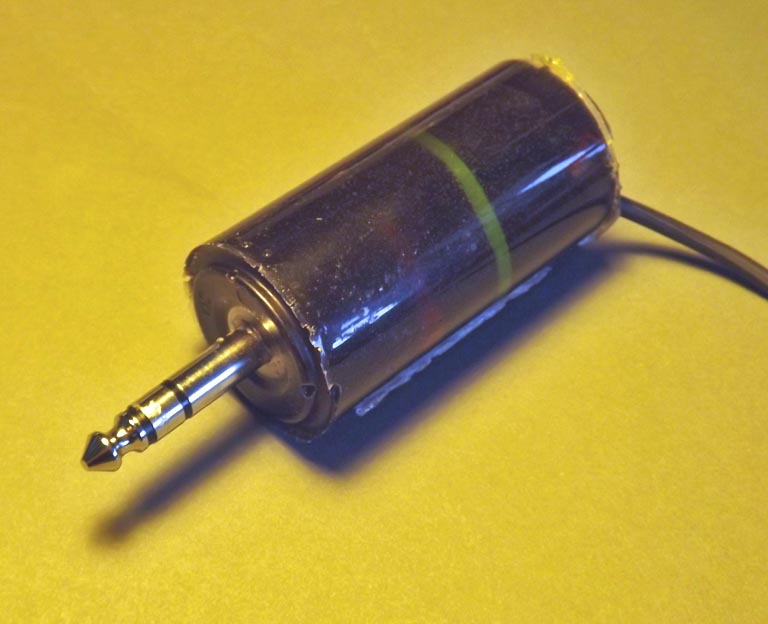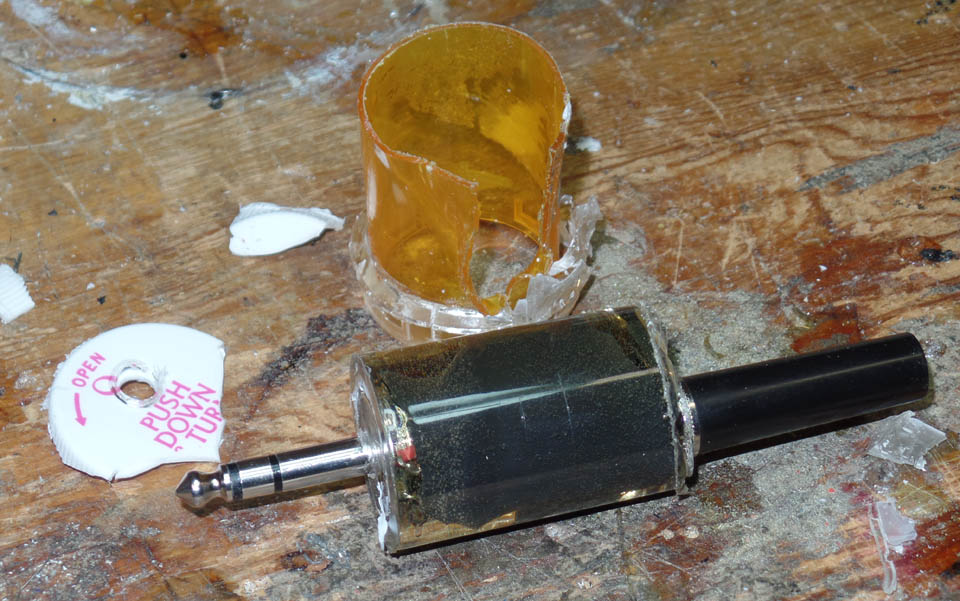I've got an ICOM handheld permanently installed in my airplane as the primary comm radio. For years, I've used a standard aviation headset with it. I had to crank the volume up all the way, and some folks were STILL hard to understand. Dave Matheny's great column in the newest Sport Aviation also mentions this issue; difficulty hearing a handheld radio in a noisy aircraft when using an aviation headset.
I finally stumbled across the reason earlier this year. Over the past week, I've done some testing in my workshop to get a handle on how bad the problem is and how effective corrective actions can be.
First off, the fundamental reason is an impedance mismatch between the handheld radio audio output and the aviation headset's speakers. The companies making today's handheld radios (ICOM, YAESU, etc.) just adapt their existing product for the aircraft band. This means, like 99.9999% of electronics produced today, it is designed to work with 8 ohm speakers.
Aviation Headsets, on the other hand, are designed to the 1920s Ma Bell headphone standard: 300 ohms.
("Impedance," by the way, is very similar to resistance, except it refers to the effective resistance at given frequencies. Just think of it as resistance for now).
The problem comes when that radio, expecting just 8 ohms of impedance, hits the 150 ohm impedance (two 300 ohm speakers in parallel) of the headset. It can't push as much energy.
I actually ran a test, using three different brands of headsets. I turned on an ICOM handheld, plugged in a consumer-type 8-ohm headphone, and dialed up the volume on the ICOM until I was reading 100 dB in the headphone cup. I then connected the ICOM to the three headsets in turn.
The result?
Headset #1: 89 dB
Headset #2: 94 dB
Headset #3: 92 dB
Between 6 and 11 dB less sound energy hitting one's ears. And sound levels are logarithmic, not linear... a 3 dB reduction in level means HALF THE SOUND ENERGY. A 6 dB reduction means a quarter of the sound energy is available for you to hear.
In other words, these are significant drops. In a J. Mac-class airplane, one just unconsciously ups the volume control a tad. For us poor souls in the open-cockpit machines, there might not be enough volume available.
Fortunately, simple fixes exist, with costs from $5 to $150.
The simplest is to replace the speakers in the aviation headset with 8-ohm models. Rugged Radios sells 8-ohm headset speakers for $15 each. They might fit your headset. In my case, I actually bought an aviation headset from Rugged on the assumption the speakers have the same wires and attachment. I was right... flew it today, and the volume was good and loud. The drawback here is that the headset can't be used with a "conventional" aircraft radio any more. But then I have two additional headsets....
If you're willing to do a bit more work, you can install an impedance matching transformer that'll let you use your existing headset with no modification. These cost less than $5, and will bring the sound level to within 1-2 dB of the nominal value. You can install the transformers behind the panel, or make a simple plug-in adaptor for your headset, or even install the transformer within the headset itself (although, again, you won't be able to use it with standard radios).
Here's the ordering information and the connections to be made:
http://www.bowersflybaby.com/tech/av_xform2.jpg
I have written the details up in more detail on an article on the Fly Baby web page, Adventures in Amplitude.
Ron Wanttaja




 Reply With Quote
Reply With Quote



